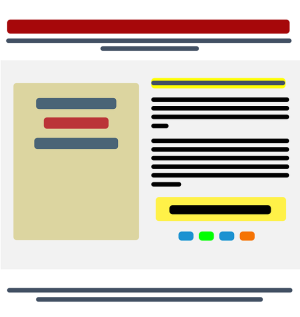On-Page SEO for Images: Enhancing User Experience & Search Rankings
On-Page SEO involves optimizing website content and structure, including images, for better search engine rankings. Key image optimization techniques include descriptive file names, relevant alt text (up to 125 characters), and compression for faster loading times. These practices cater to both users and search algorithms, boosting accessibility and improving web page performance. Strategic naming conventions, balanced compression, structured data markup, and mobile-friendly images further enhance On-Page SEO, increasing click-through rates, reducing bounce rates, and ultimately elevating website rankings. Tools like Search Console and Yoast SEO aid in image optimization, ensuring better user experience and search engine visibility.
In today’s digital landscape, image optimization is a vital component of any comprehensive SEO strategy. This article delves into the intricacies of On-Page SEO and its symbiotic relationship with image optimization. We explore how visuals significantly influence search engine rankings and offer practical tips such as optimizing Alt text, implementing strategic file naming conventions, compressing images without quality loss, leveraging structured data markup, enhancing mobile experience, and utilizing efficient tools. By mastering these techniques, you can elevate your website’s visibility and user engagement through powerful On-Page SEO practices.
Understanding On-Page SEO and Its Role in Image Optimization

On-Page SEO is a crucial strategy for optimizing your website’s content and structure to rank higher in search engine results. It involves understanding and implementing best practices within each page to make it more relevant and appealing to both users and search algorithms. Image optimization plays a significant role in on-page SEO, as images are a vital part of the user experience and can significantly impact a page’s performance.
By optimizing images, you ensure they are not only visually engaging but also seamlessly integrated into your webpage’s content. This includes using descriptive file names, adding alt text that accurately describes the image, and compressing images to reduce loading times without compromising quality. These techniques help search engines understand the context of the image, improve accessibility, and enhance the overall user experience, all of which are essential factors for successful on-page SEO.
The Impact of Images on Search Engine Rankings
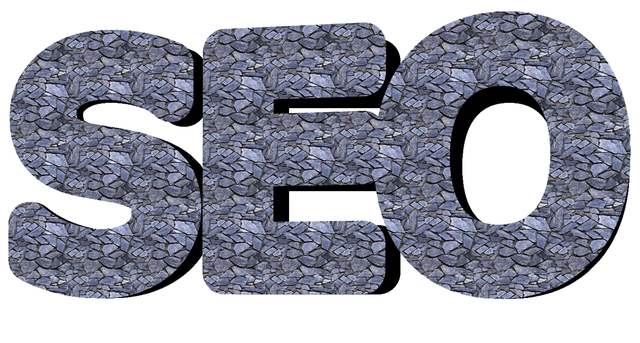
Images play a significant role in modern web content, enhancing user experience and conveying complex ideas visually. However, beyond their aesthetic value, optimized images can also have a substantial impact on search engine rankings through On-Page SEO. Search engines like Google rely heavily on image metadata, including alt text and file names, to understand the context and content of images.
When an image is properly optimized with relevant keywords in its alt text and has a file name that mirrors the associated content, search engines can more accurately index and rank the page. This process not only improves visibility in image search results but also boosts overall website rankings. Moreover, fast-loading, compressed images contribute to better page performance, another factor considered by search engine algorithms.
Best Practices for Optimizing Image Alt Text
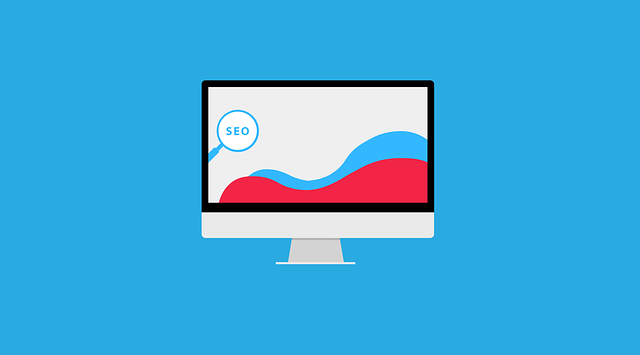
When optimizing images for on-page SEO, one of the most crucial elements is the alt text. This descriptive text provides a clear and concise summary of the image’s content. It plays a vital role in helping search engines understand the visual elements on a webpage, making your site more accessible to users with visual impairments and enhancing overall SEO performance.
Best practices for writing effective alt text include keeping it relevant, specific, and under 125 characters (though it’s ideal to keep it under 100). Use descriptive language that accurately represents the image while incorporating relevant keywords naturally. Avoid generic phrases like “image of” or “picture of,” and always ensure the alt text conveys the same information as the image would if visible.
Enhancing SEO with Strategic File Naming Conventions
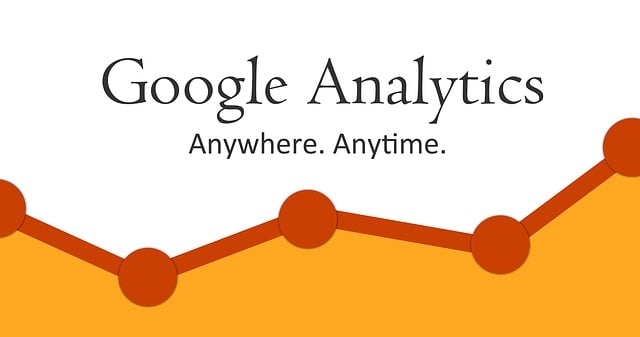
In the realm of On-Page SEO, strategic file naming conventions play a pivotal role in enhancing a website’s visibility and ranking potential. Each image on a webpage should be named with precision, incorporating relevant keywords that accurately describe its content. For instance, instead of generic names like “image1” or “photo02”, consider using descriptive terms that search engines can easily understand, such as “product-overview-image” or “summer-vacation-scene”. This simple yet effective practice helps search engine crawlers quickly identify and index images, thereby improving the overall SEO performance of the page.
By adopting strategic file naming conventions, you’re not only making it easier for search engines to understand your content but also providing a clearer context for users browsing your site. Relevant image names can significantly boost click-through rates (CTRs) as visitors are more likely to engage with images that accurately represent the page’s content. This, in turn, can lead to lower bounce rates and longer user engagement, both of which are positive signals for On-Page SEO algorithms.
Compressing Images Without Sacrificing Quality

Optimizing images for on-page SEO involves a delicate balance between file size and visual quality. Compressing images is essential to reduce page load times, enhancing user experience and search engine rankings. However, sacrificing too much quality can negatively impact the overall look of your website.
Advanced compression techniques, like those offered by modern image editing software or dedicated tools, allow for significant reduction in file sizes without noticeable loss of detail. These methods intelligently remove redundant data while preserving critical visual elements, ensuring that images remain crisp and clear even at smaller sizes. By employing these strategies, webmasters can improve page performance, contributing to better SEO outcomes.
Leveraging Structured Data Markup for Images
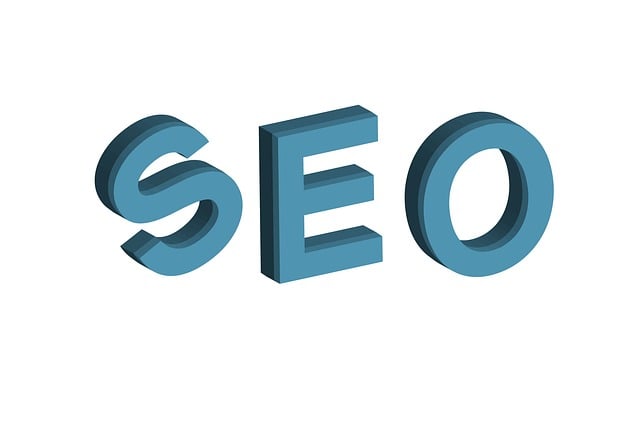
Structured Data Markup for images is a powerful tool within On-Page SEO, allowing search engines to better understand and interpret visual content. By adding specific tags and attributes to image HTML code, you provide valuable context that enhances how your images appear in search results. This markup enables search engines to display rich snippets, featuring essential details like image caption, description, and even related products or services, directly within the search results page.
This strategy not only improves user experience by offering more informative previews but also boosts click-through rates (CTRs) as visually appealing and contextually relevant images capture the interest of potential visitors. In the competitive world of On-Page SEO, leveraging structured data markup can set your website apart, ensuring that your images contribute effectively to ranking higher in search engine results pages (SERPs).
Optimizing Images for Mobile and User Experience
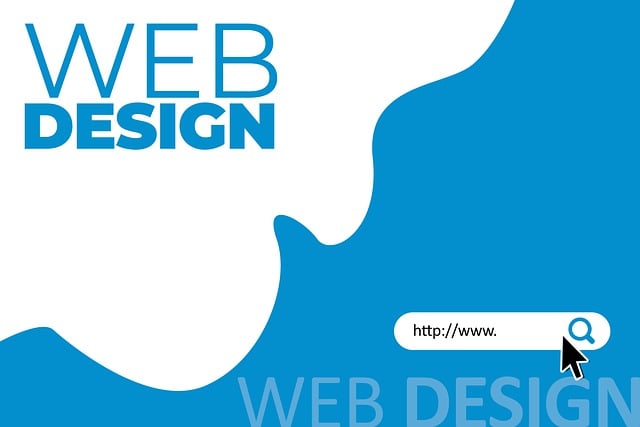
Optimizing images for mobile and user experience is a critical aspect of on-page SEO. With a growing number of users accessing websites via smartphones, ensuring your images are optimized for faster loading times and seamless display across devices is essential. This involves compressing image files without sacrificing quality to reduce their size, improving page load speeds and enhancing the overall user experience.
Mobile-friendly images also contribute to better search engine rankings. Google, for instance, considers page speed as a ranking factor. Faster loading pages keep visitors engaged longer, reducing bounce rates and signaling to search engines that your site provides a valuable experience. Additionally, optimizing images makes your website more accessible, ensuring that visually impaired users can navigate and understand your content effectively through screen readers.
Tools and Techniques for Efficient Image SEO
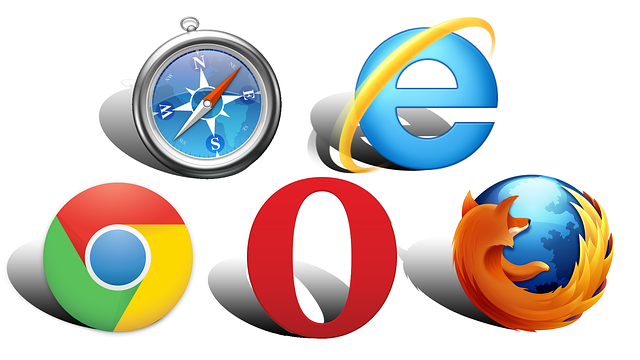
In the realm of On-Page SEO, image optimization plays a vibrant role in enhancing search engine visibility. Tools like Google’s Search Console and Yoast SEO offer robust features to analyze and improve images. These platforms provide insights into file size, alt text usage, and image performance, enabling content creators to make informed decisions. By compressing images without sacrificing quality, you reduce page load times, a factor that both search engines and users appreciate.
Techniques such as adding descriptive file names, optimizing dimensions for different devices, and utilizing relevant alt tags are essential. Alt text acts as a whisper in the digital labyrinthine, conveying image content to search engines, thereby boosting accessibility and SEO. Additionally, incorporating keywords strategically within these elements ensures that images contribute to your website’s overall search engine ranking.
